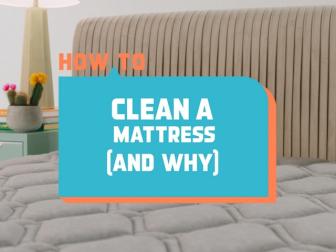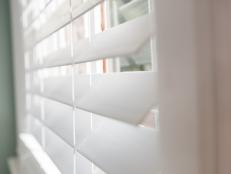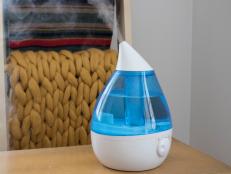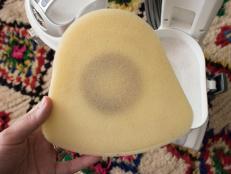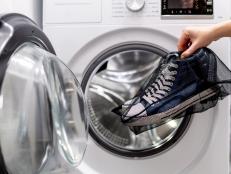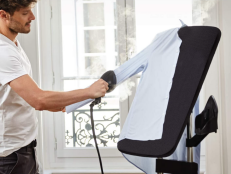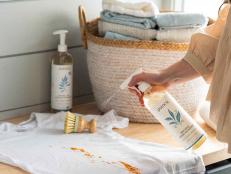How to Wash Pillows
Don't forget about the pillows during your next cleaning spree. Trust us, you'll want to wash your pillows, too.
Did you know? After two years, a third of a pillow's weight contains dead skin, bugs, dust mites and droppings. Yikes! If you're an allergy sufferer, then chances are you're allergic to the proteins found in decomposed dust mites and waste.
Luckily, washing your pillows is as easy as having a washer, dryer and some detergent. A good rule of thumb is to wash the pillowcases every three weeks and wash the pillows every three months. So, sit back, relax and let the spin cycle do all the work.
We're sorry, there seems to be an issue playing this video. Please refresh the page or try again in a moment. If you continue to have issues, please contact us here.
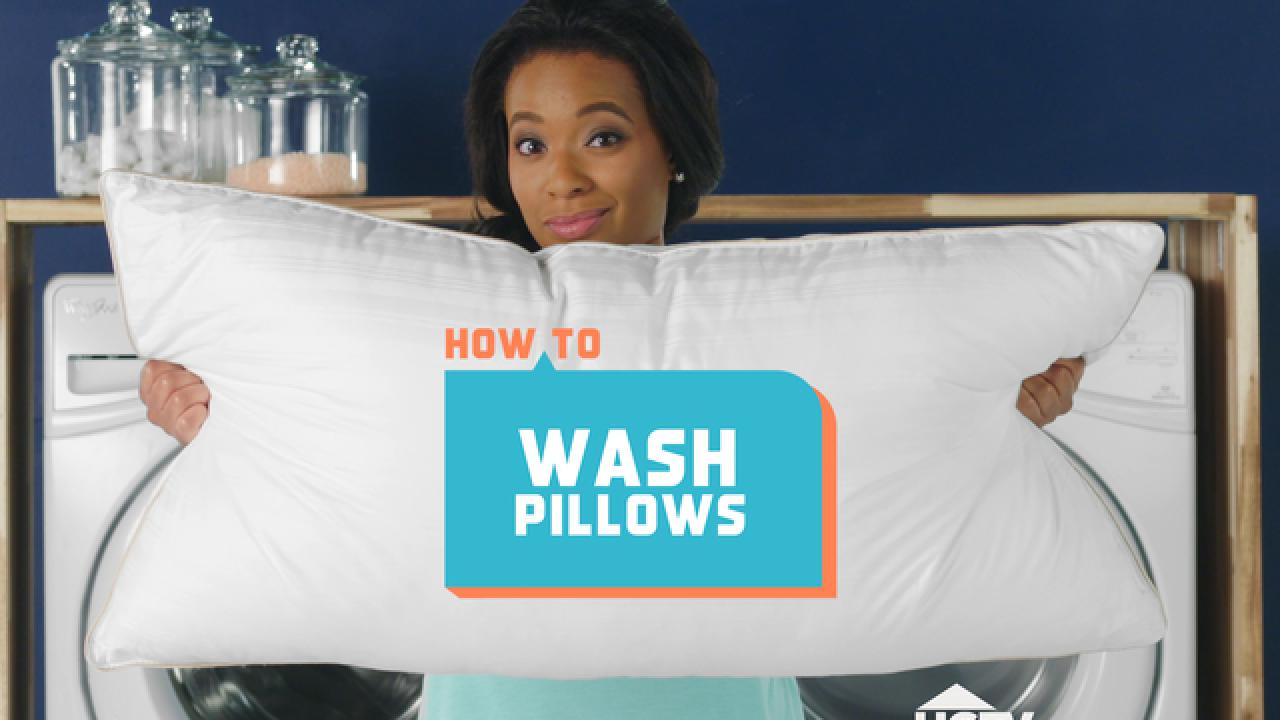
Wash Pillows on Delicate
Good news! Most pillows can be washed from the comfort of your home. Be sure to always read the care label on the pillow for any special instructions before throwing it in the wash. Next, identify the type of fill in your pillow and follow the directions below. For the types that can be washed, use as little detergent as possible. Avoid using fabric softeners as they tend to leave residue and can create lumps in the pillow.

©iStockphoto.com/Craig McCausland
- Down or feather pillows: Set the washer to the delicate or gentle cycle and use warm water. Add on an extra rinse and spin cycle as well. Next, add a small amount of powder or liquid detergent — about one tablespoon. If using a liquid, make sure the detergent is fully rinsed out at the end to avoid leaving any residue on the pillow.
- Polyester or synthetic down: Follow the same instructions as a down or feather pillow.
- Memory foam or latex: Step away from the washer! These cannot be washed. Instead, spot clean with a damp cloth as necessary. Use a vacuum with the hose attachment to freshen and dust the pillow.
Dry Pillows Thoroughly After Washing
The drying process is the most crucial step. If the pillow is not completely dry — inside and out — you risk the chance of mildew forming. Tumble dry most pillows on delicate or low to moderate heat settings. For down or feather pillows, be sure to only use the air-dry (no heat) setting as the fillings are prone to burning.
For all filling types, place a couple of tennis balls in the dryer to break up any clumps inside and keep the pillow fluffy. Alternatively, place the pillow on an outdoor clothesline to dry in the sun. Ensure there is no moisture in the pillow whatsoever before placing it back on the bed.
Know When It's Time to Let Go
Eventually, your pillows will need to be tossed and new ones will need to be bought. But how do you know when it's time?
A quick test is to fold the pillow in half and if it doesn't bounce back to its original shape, then it's time for a new one. It's also time to replace your pillow if it has an odor or if any mildew is detected. Lengthen the life of your pillow by utilizing pillowcases and washing both the case and pillow regularly. Keep in mind, most pillows have a lifespan of one to two years.
More Tips on Bedroom Cleaning
Learn How to Clean a Mattress to Remove Stains and Odors 02:06
Cleaning your mattress twice a year promotes better sleep and removes sweat, dust mites and allergens over time.
Can You Wash a Down Comforter in the Washing Machine?
Is your down comforter feeling less than fresh? Learn how to clean it in a washing machine without damaging it.






